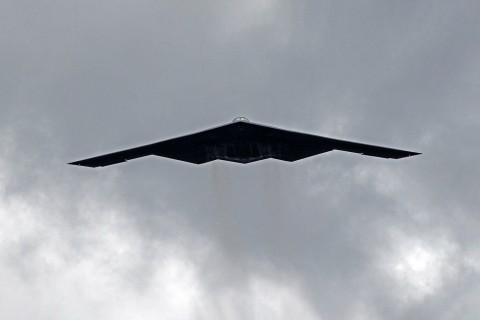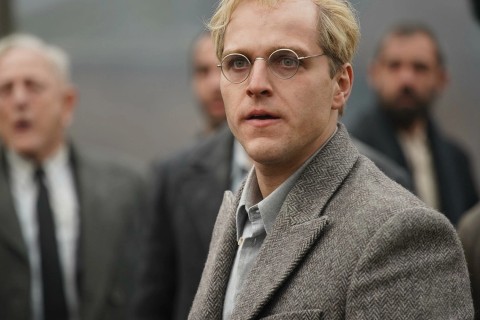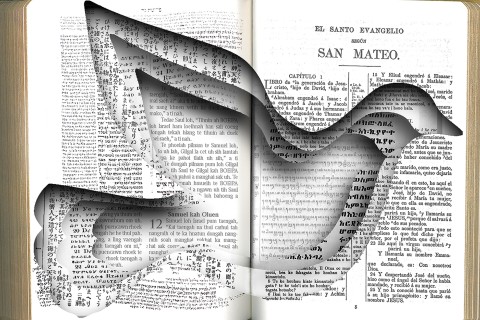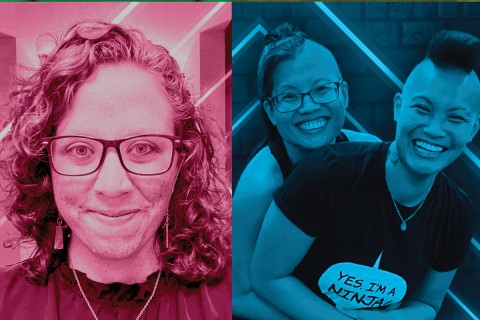J. K. Rowling’s wizards in the Jazz Age
Fantastic Beasts diagnoses how rising fear leads to demonizing others.
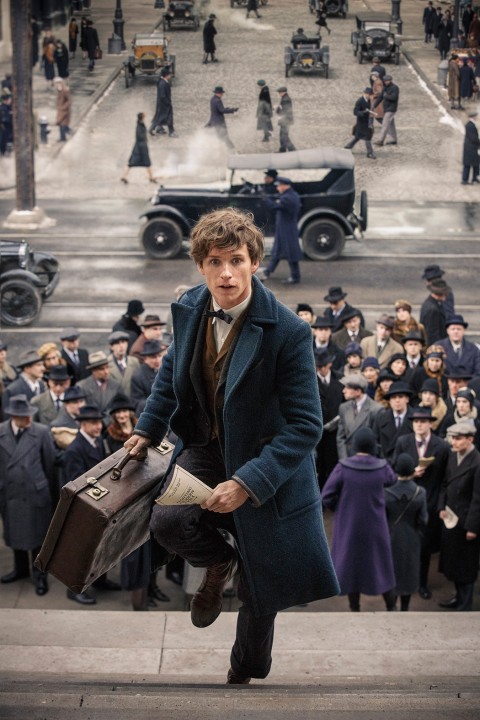
The first in a series of five promised films that will add to J. K. Rowling’s Harry Potter world, Fantastic Beasts and Where to Find Them begins with a game of hide and seek that grows into an epic battle. Produced and written by Rowling, the film is set in New York City during the Jazz Age, between the great wars of the 20th century, and plays on themes familiar to Harry Potter fans: the fear of difference and the repression of free expression.
When British magizoologist Newt Scamander arrives in New York with a battered suitcase chock-full of illegal magical creatures, he accidentally switches bags with a baker named Jacob Kowalski (Dan Fogler) and magical mayhem ensues. Newt, played by Eddie Redmayne, is an animal lover who wants to show his fellow wizards the beauty of creatures they disdain. He leads the hunt for his missing creatures with a charge “to recapture my creatures before they get hurt. They’re currently in alien terrain surrounded by millions of the most vicious creatures on the planet: humans.”
Newt and friends chase down a niffler, a cute creature with an affection for shiny things that leads it to crash into a jewelry store. There’s a giant rhinoceros-like animal that glows because it is in heat and goes crashing through the zoo, and a brightly colored, winged snake that expands and contracts. The creatures and their magical exploits represent the best of what computers can do with special effects—all the creatures are attractive in their own fantastic right.


